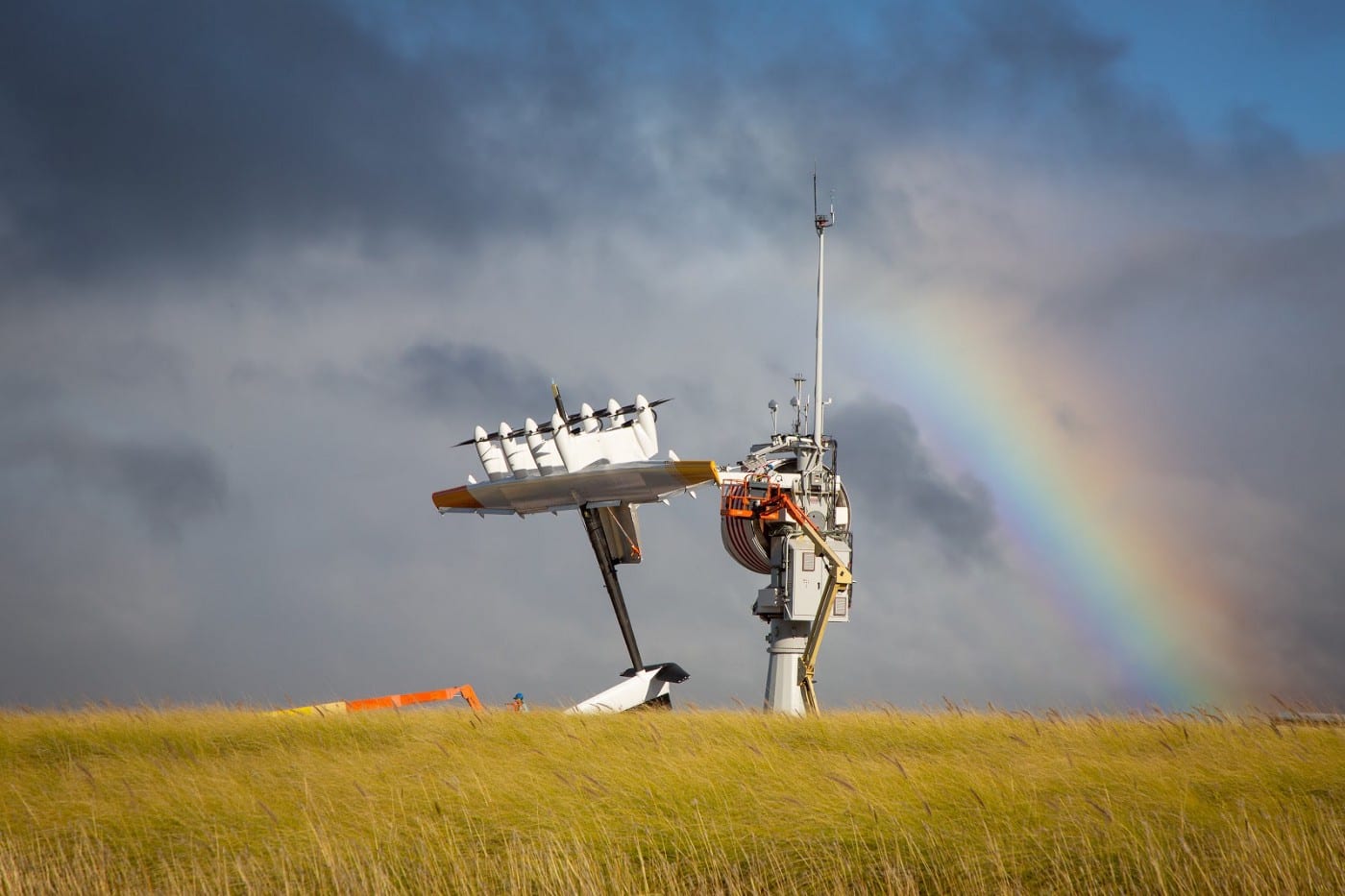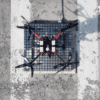News
Drones Harvest High-Altitude Wind Energy
Wind energy being harnessed to produce electricity is common knowledge. Researchers are now exploring the use of tethered kites and drones to harness the stronger and more consistent high-altitude winds.
The main challenge is the intermittency of flowing wind currents, which makes this form of renewable energy unreliable. A 2012 study from California’s Lawrence Livermore National Laboratory found that high-altitude winds alone could provide 100 times the global energy need.
Udo Zillmann of Daidalos Capital says, “wind turbines have been getting bigger and bigger in a bid to access winds at high altitude, but that means huge, expensive towers.””
So hi-tech drones and kites are now becoming accepted, lower-cost supplements, he argues, explaining further he says, “Airborne wind energy is a minimalistic version of a turbine, incorporating only the necessary elements: a blade and a tether measuring a few centimetres in diameter,” adding,” these systems require between 1% and 10% of the materials used to construct a turbine and can also be grounded if required, for example to ease the passage of migrating birds.”
There are several companies exploring this option:
Makani – part of Google’s parent company Alphabet, is working in the high-altitude wind space.
Its huge prototype kite is tethered to the ground and guided in loops by flight computers that use GPS and other sensors. As the kite completes its loops, rotors on the 26m (85ft) wing spin in the wind, powering generators to produce electricity down the tether to the grid. Makani’s current prototype is designed to produce up to 600 kilowatts of electricity – enough to power about 300 homes – in 2015.
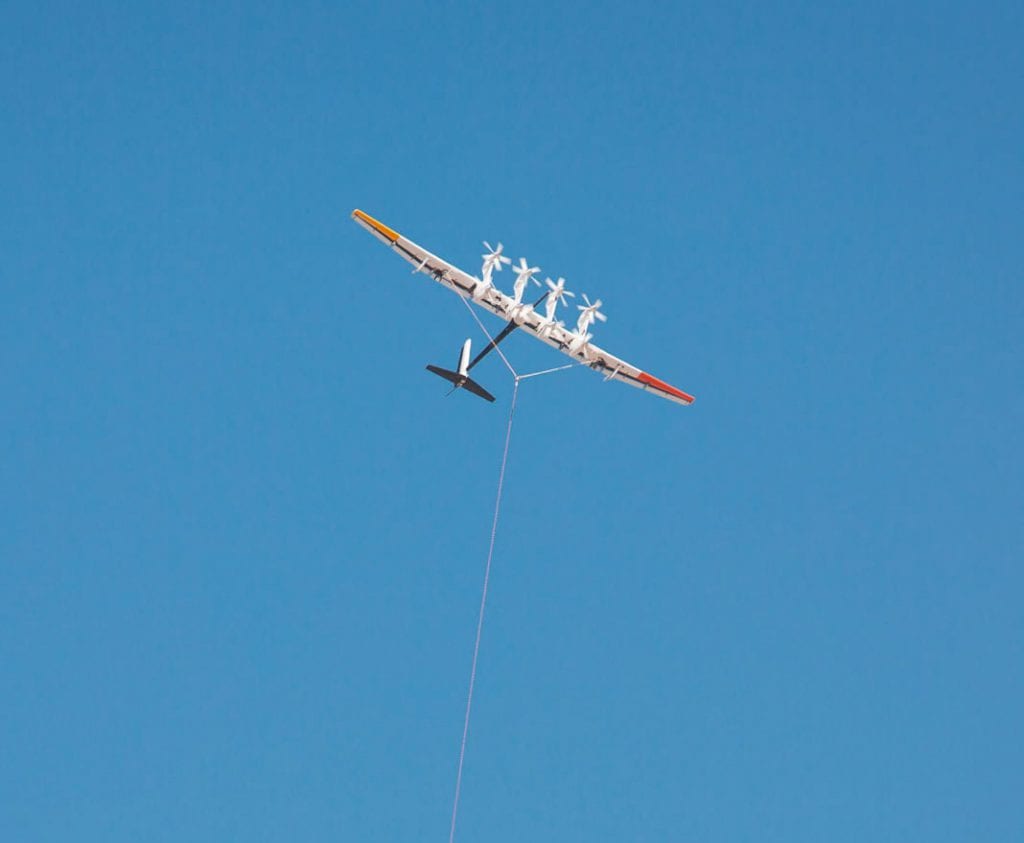
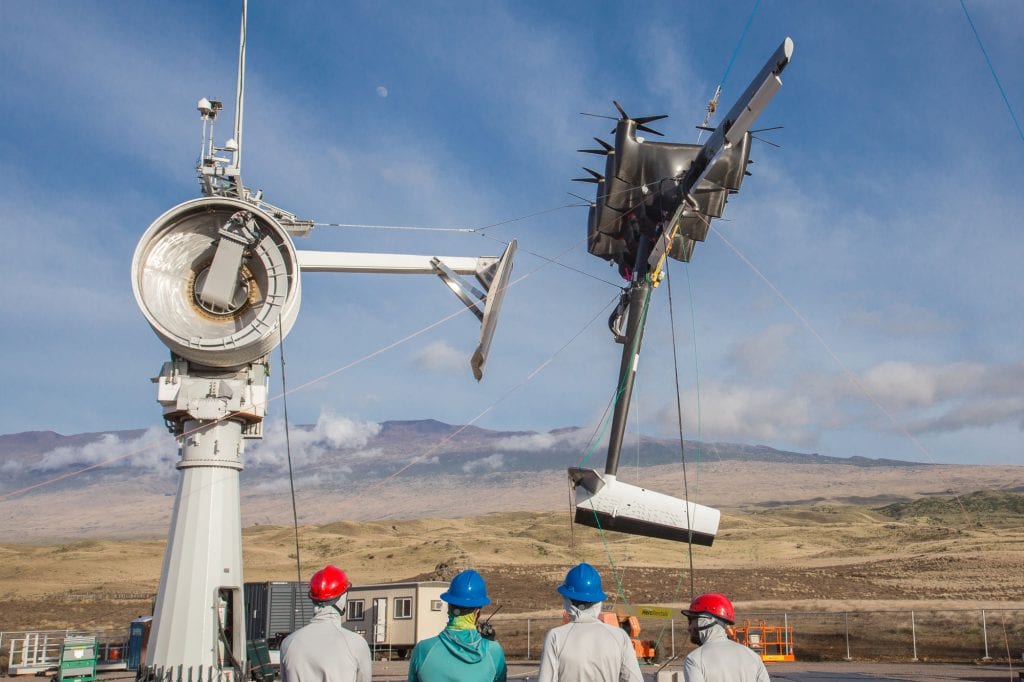
It is about to trial a new offshore system mounted on floating buoys in partnership with energy giant Shell.
Fort Felker Shell chief executive says, “We plan to mount Makani’s kite on a small spar buoy moored with a synthetic line and gravity anchor. This is possible because Makani’s kites are 90% lighter than turbines of a similar power rating. It’s an exciting technical challenge.”
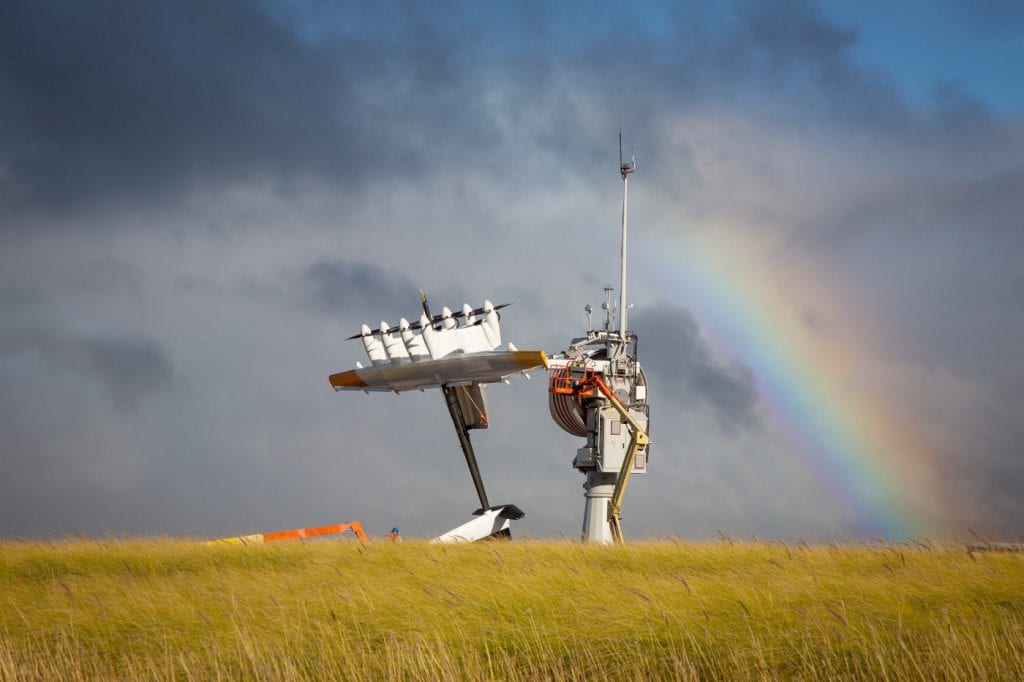
A number of companies working on ways to use wind power-generating drones over land:
Swiss start-up Skypull, has developed an autonomous drone that can fly as high as 600m – about three times the height of a traditional wind turbine. The prototype is a rigid wing, multi-copter “box-wing” drone that can take off and land by itself, with no need for a launcher or ground wind.
The take-off is battery powered; recharging happens every time the kite loops back down towards the ground.
Skypull chief executive Nicola Mona explains, “Once it has climbed to operating height, the drone transitions to kite mode by turning 90 degrees from the upright position, and generates traction on the tether, which is attached to a winch that is linked to a generator. It’s a system that enables us to fly between 200m and 600m above the ground in any location.”
Other onshore high-altitude wind players include Buoyant Airborne Turbine from Altaeros Energies, a Massachusetts-based technology company that attracted investment from Mitsubishi Heavy Industries in 2015. It involves a helium-filled shell that lifts a wind turbine to 600m above ground, and aims to supply power, telecommunication, and other services to the billions of people around the world who live without reliable electricity and internet access.
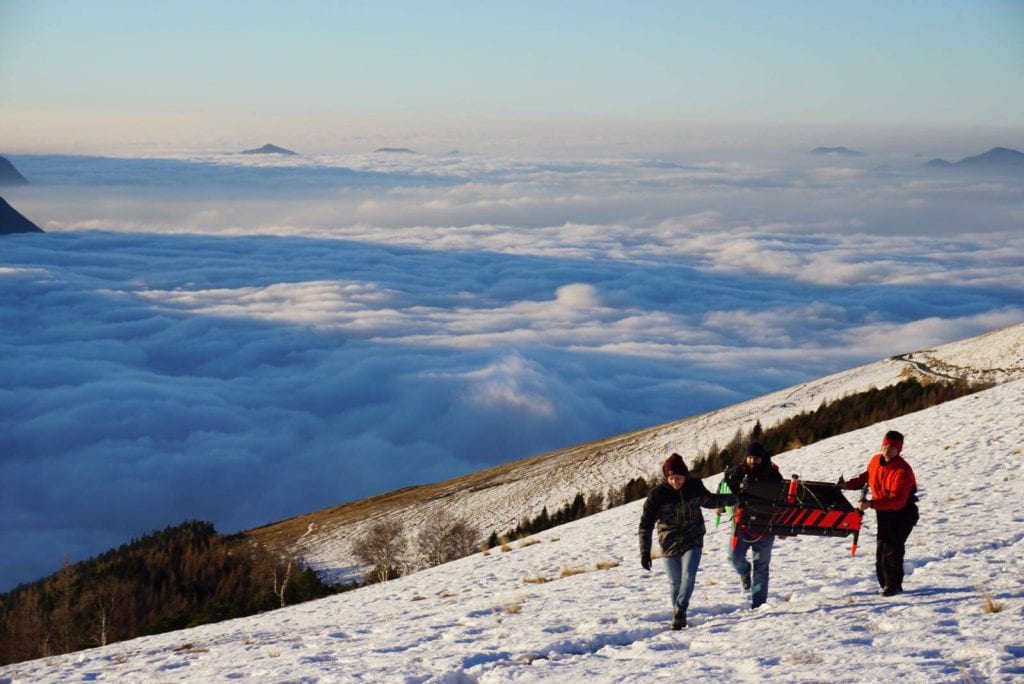
The drawback of such systems is that they don’t generate as much electricity as current turbines do. Makani’s huge propeller drone, for example, produces about 20 times less electricity than the largest offshore turbines currently being developed. These can produce up to 12MW (megawatts).
So, hundreds of them would be needed to produce enough electricity to power a small city. But renewable energy – wind, solar, hydro – is “definitely capable of meeting the entire world’s energy needs, and drones can help us achieve this,” he concludes.

